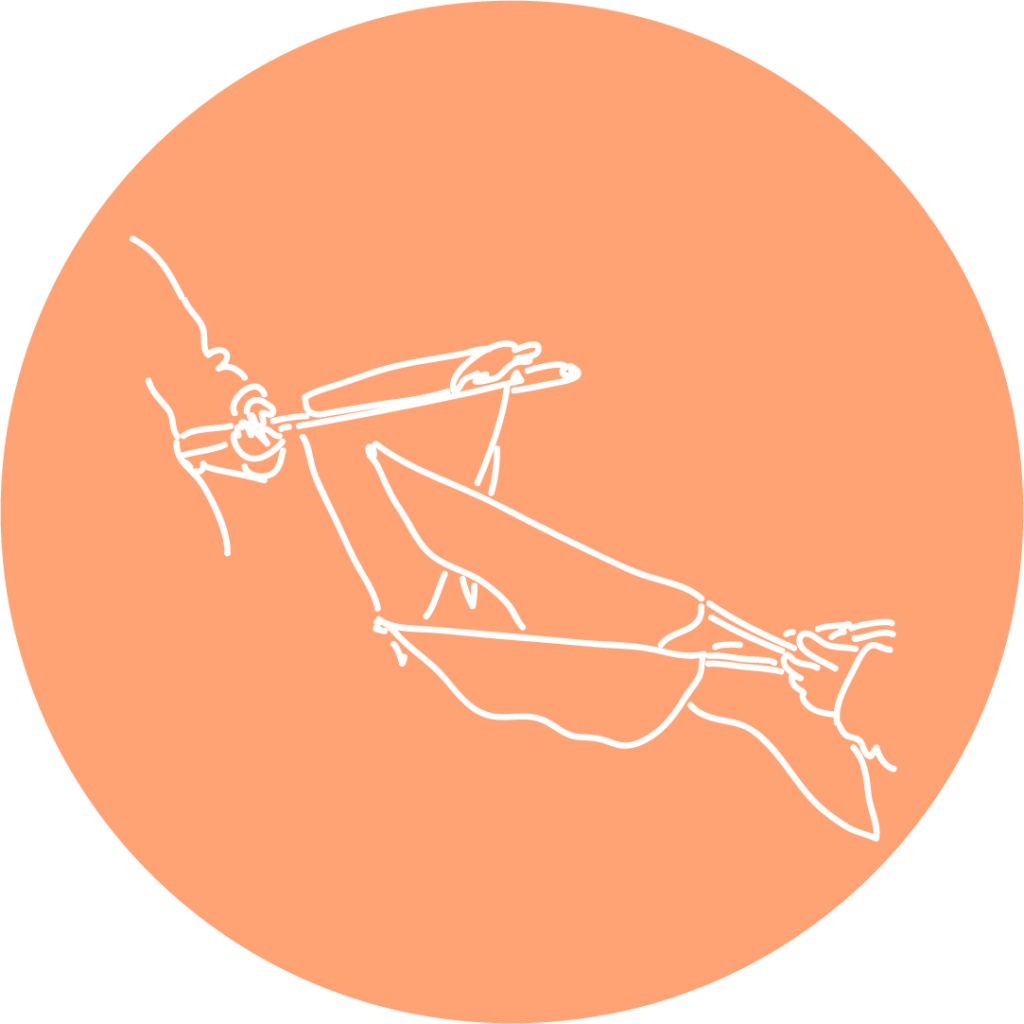Home / Pennant Walk
Recommended age: 5-7 years
Place: On site
Time required: 30-60 minutes
Material/tools: Green and red pennants (preferably one of each colour for each child)
Purpose: Mapping and visualisation of perspectives
Where in the Process: Pre-study

This method is inspired by the organisation SpielRaums and their method.
It is a relatively simple method and thus suitable for younger children. Its aim is to map out the children’s perspective on the specific place that you are working with.
Children are asked to mark places and objects with red or green pennants to show you what they like or don’t like. It is a good method to overcome any language barriers, as the colour signals are sufficient for communication.
You will need small green and red pennants. These are easily made using round rod, red and green fabric and glue or a staple gun. Cut the round rod into half-metre lengths and then cut the fabric into triangles. After that, just staple or glue the fabric triangles to the round rods. Make sure the children have at least one pennants of each colour.
Explain to the children that the green means good/fine and that the red pennants means bad/ugly. In order to further explain what the colours symbolise you can explain it using thumbs up/thumbs down. This is very helpful when language barriers need to be crossed. Investigate the area/ place that you are interested in together with the children and let them explain to you why they put their pennants where they do.
At the beginning, it can be difficult for children to know what to mark with the pennants. Help them by asking them questions about the place, taking care not to ask leading questions. .
Photographing the children’s markings is a good way to take notes, instead of writing. And they can help you take photos.
Can you use this method separately?
The pennant walk is best used as a part of a pre-study in a larger process, as it leads to prior knowledge and understanding for the project team.
Take pictures of the children’s markings so you can look back at how the children thought.
We use cookies to give you the best experience on our website. If you continue to use this website, you agree to the use of cookies.
Vi använder cookies för att ge dig den bästa upplevelsen på vår hemsida. Om du fortsätter att använda den här webbplatsen godkänner du detta.